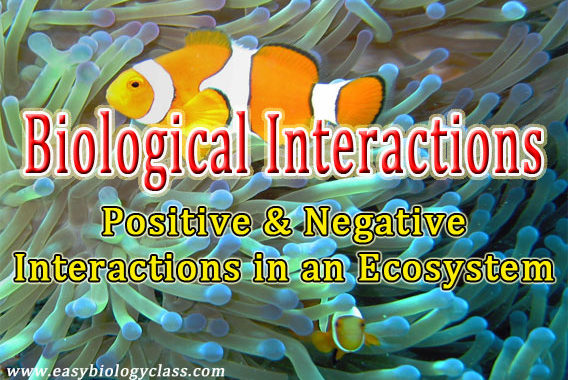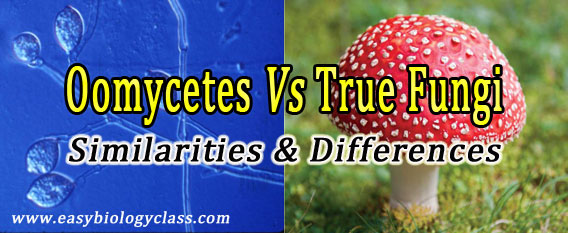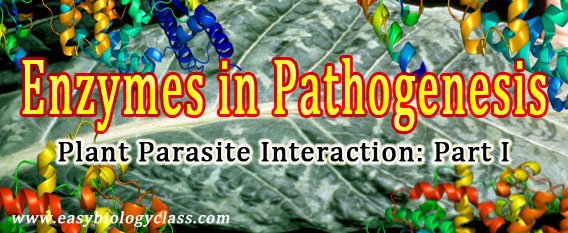Bryophytes are the most simplest and most primitive land plants. Name bryophyte is derived from two words; ‘Bryon’ = moss; ‘phyton’ = plant. At present the phylum Bryophyta includes ~ 960 genera and ~ 24000 species. The present post discusses the Characteristics of Bryophytes highlighting its Habit, Thallus Diversity, Gametophytic […]
Continue ReadingTag Archives: Botany Lecture Notes
Pigments in Algae (Key points) with PPT
Algae show great diversity in pigmentation. Many coloured pigments such as green, red, yellow, and blue have been found in marine and freshwater algae. Different groups of algae have different and specific pigment composition. Pigments are usually found in specialized plastids called chromophores in all groups of algae except in […]
Continue ReadingBiological Interactions: Positive and Negative Interactions in an Ecosystem (.PPT)
Interactions in an Ecosystem Interactions in an Ecosystem: Organisms living together in a community influence each other directly or indirectly under natural conditions. All the vital process of living such as growth, nutrition and reproduction requires such interactions between individuals in the same species (intraspecific) or between species (interspecific) These […]
Continue ReadingOomycetes Vs True Fungi: Similarities and Differences
Oomycete vs Fungi : Oomycetes, commonly called as water molds, are a group of fungi with distinct phylogenetic importance. Apart from its phylogenetic importance, Oomycetes are disreputable for their plant pathogenic properties. This group includes the notorious plant pathogen, Phytopthora, which cause late blight of potato, the major culprit in […]
Continue ReadingEnzymes in Plant Pathogenesis (Host Parasite Interactions-Part I)
Role of Enzymes in Pathogenesis Most of the fungal and bacterial parasites produce many enzymes that degrade the plant materials in vivo. Enzymes involved in pathogenesis or virulence (process of disease initiation) includes both constitutive and inducible enzymes. Learn more: Introduction to Enzymes (1). Constitutive enzymes are those enzymes which […]
Continue Reading



